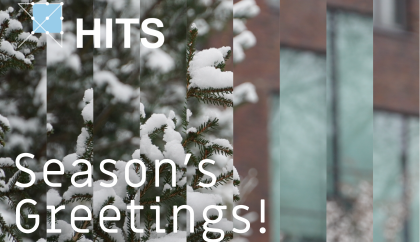
Season’s Greetings
With the festive season upon us, it has become the habit at this time of year that we look back and …
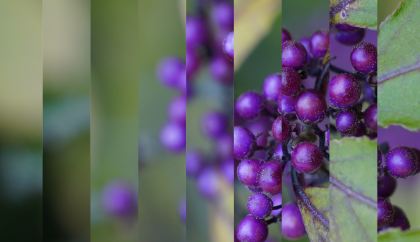
Issue 4 | 2025
This year, the Heidelberg Laureate Forum once again offered 200 early-career researchers the opportunity to engage with leading laureates in mathematics and …

Monika Mondal to be “Journalist in Residence” at HITS
The Heidelberg Institute for Theoretical Studies gives science journalists the opportunity to deepen their knowledge of computer-based, data-driven science with a …

Phylogenetic trees, biodiversity and research policy: “Highly Cited Researcher“ at HITS
For ten years running, computer scientist Alexandros Stamatakis from the Heidelberg Institute for Theoretical Studies (HITS) has been identified as one …
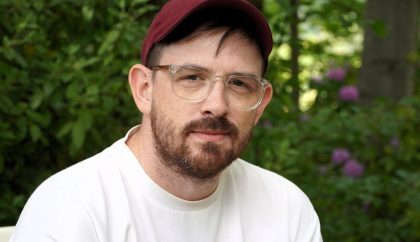
Jackson Ryan – Journalist in Residence 2025
From April to October 2025, Australian science journalist Jackson Ryan was the 13th Journalist in Residence at the Heidelberg Institute for Theoretical …
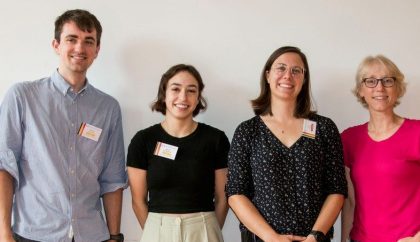
TOS and SET Group at the MESA Summer School 2025
The TOS and SET groups were strongly represented at this year’s MESA Summer School, held at KU Leuven, Belgium, from 21…
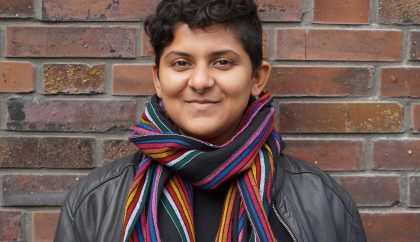
Fair and Faithful Language Processing
Computer scientist Vagrant Gautam joined HITS as an Independent Postdoc in September 2025. The program offers young researchers the opportunity to shape …

Deadline 5 October: Call for “HITS Journalist in Residence” in 2026
Call for 2026: HITS Journalist in Residence program open for applications. Deadline: 5 October 2025
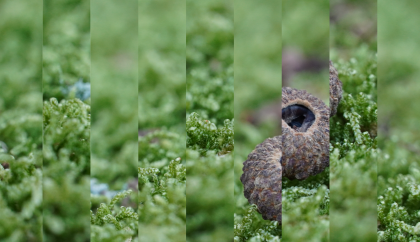
Issue 3 | 2025
Centered around the theme “Experiment, Tinker, Do-It-Yourself – Energy for You and Your Environment!”, HITS once again took part in this year’…

Massive stars also partner in metal-poor environments
Massive stars in metal-rich galaxies, such as in our own Milky Way, often have close partners. That this is also true …